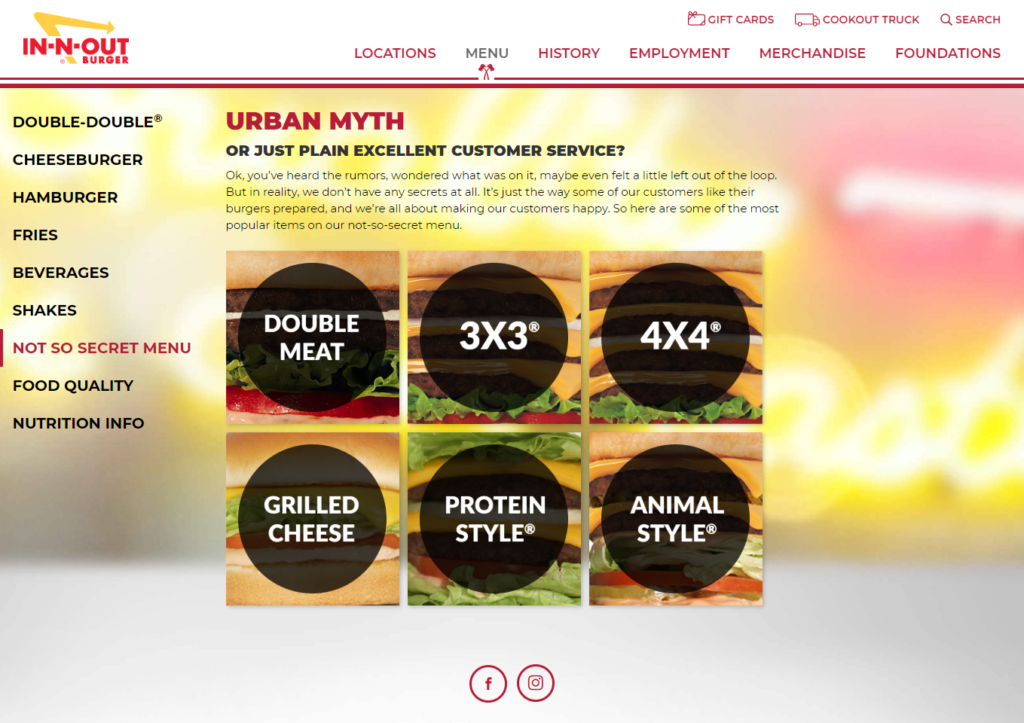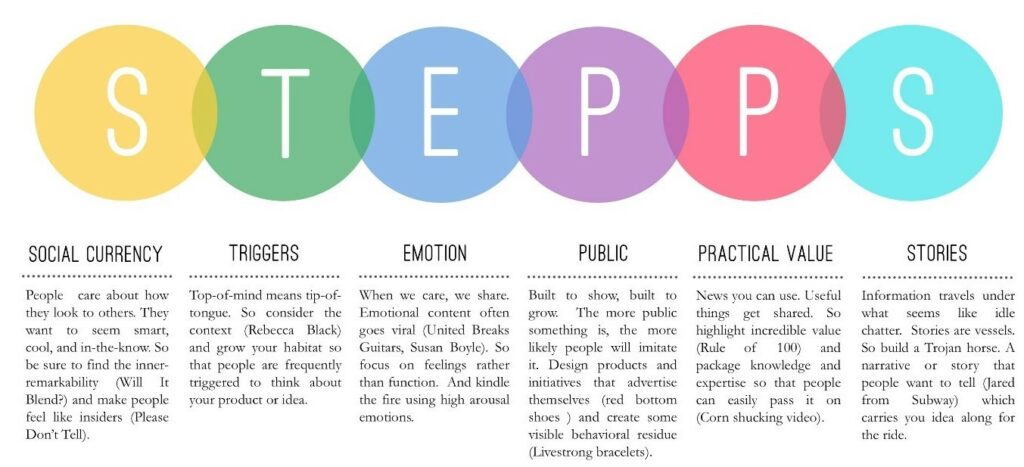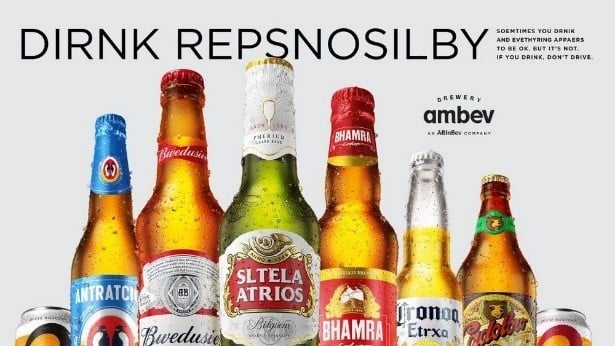Brand Religions: the 3 beliefs of the Influencer Religion
“A brand is no longer what we tell the consumer it is; it is what consumers tell each other it is.”
Scott D Cook, co-founder of Intuit
With the rise of social media, we all learned marketers are no longer a brand’s sole owners. Today’s consumers function as a brand’s amplifiers, sharing what they think and feel with the people around them. Everyone is a marketer today, and a very powerful one. What consumers say, share and do can literally make or break a brand. This shift in brand ownership lies at the foundation of the ‘Influencer Religion’ (one of our five Brand Religions), a school of thought which embraces the power of offline and online word of mouth.

#1 Conversations cuts through the clutter
Conversations are this religion’s currency. As consumers are increasingly being bombarded with advertising messages, word of mouth (both online and offline) cuts through the clutter, as it is perceived as more reliable. Word of mouth, ranging from face-to-face discussions over the dining table, to chats at the office water cooler, and interactions on social media channels, is a powerful force affecting how brands and products perform. Research studying 21 brands has revealed that 19% of purchase decisions could be traced back to offline and online conversations.
“The secret to marketing success is no secret at all: word of mouth is all that matters.”
Seth Godin, Founder and CEO of Do You Zoom
A brand that understands the power of conversations is ‘In-N-Out’, a burger chain that managed to become an underground cult favorite. How? Next to their commitment of only using high-quality ingredients, the brand’s ‘secret menu’, allowing customers to spice up their orders with extra options, has played a vital role in building a highly loyal fan base. Keeping it a secret gives fans something to talk about, providing In-N-Out burgers with social currency as a way to grow. Today, In-N-Out shares six options of their ‘not so secret menu’ on the website, however there are plenty of fan pages out there devoted to cheering about the many other items one needs to try.

#2 Market through people, not to people
This religion is all about marketing ‘through people’ instead of ‘to people’. It is about fueling the right people that can create visibility for your product or service. Unlike marketing approaches that focus on masses, this approach focuses on the individuals that serve as influencers and help create a ripple effect around a brand. Looking for a way to revamp their ‘Have a break’ slogan, KitKat teamed up with Airfix, a UK model manufacturer, to reach a niche community of hobbyists. Together they created a limited-edition model airplane kit, including a KitKat chocolate wafer and an extra step in the instructions which said ‘Have a break, have a KitKat’. KitKat shipped these limited-edition kits to influential model makers, reaching 80% of the biggest miniature scale model influencers and a 95% pick-up in earned media for the brand.
#3 No content without purpose
Not only should you know who to talk to (i.e. who your influencers are) and what drives people to talk about your brand, it is also important to think about the content of those conversations.
“Content marketing is no longer a numbers game. It’s a game of relevance.”
Jason Miller, former Senior Content Marketing Manager at LinkedIn
Your conversations should have a purpose. Or as Jonah Berger puts it, conversations or content become contagious if they are STEPPS.

A nice illustration of the STEPPS model is the successful campaign of Ambev, the Latin-American arm of ABInbev, to raise awareness of responsible drinking. The brand shuffled the order of the letters on eight of its best-known beer labels, which then appeared in ads and were served in specific local bars. People were confused, thinking this was the result of some marketing or printing error, and started sharing pictures and talking about it on online and offline channels. The campaign resulted in more than 619,000 interactions within the first 48 hours, and gained a total of 157 million media impressions.

The ‘Influencer Religion’ is therefore all about using word of mouth and its ripple effects to grow brands. This focus on conversations does not only impact brand-marketing efforts, it also shapes a brand’s research approach, where research applications that help shape and measure a brand’s conversational power are leading.
Think for example about social intelligence and trend research to identify relevant influencers and topics, testing the word-of-mouth potential of a brand activation, or using the NPS (Net Promotor Score) to measure the likelihood that people recommend the brand. For Twitter, a brand built entirely around conversations, we applied primary research via our Illume Network (a global network of trendspotters) to understand their audience’s motivations to converse. Curious how we approached their challenges? Read all about it in the Twitter case study.





